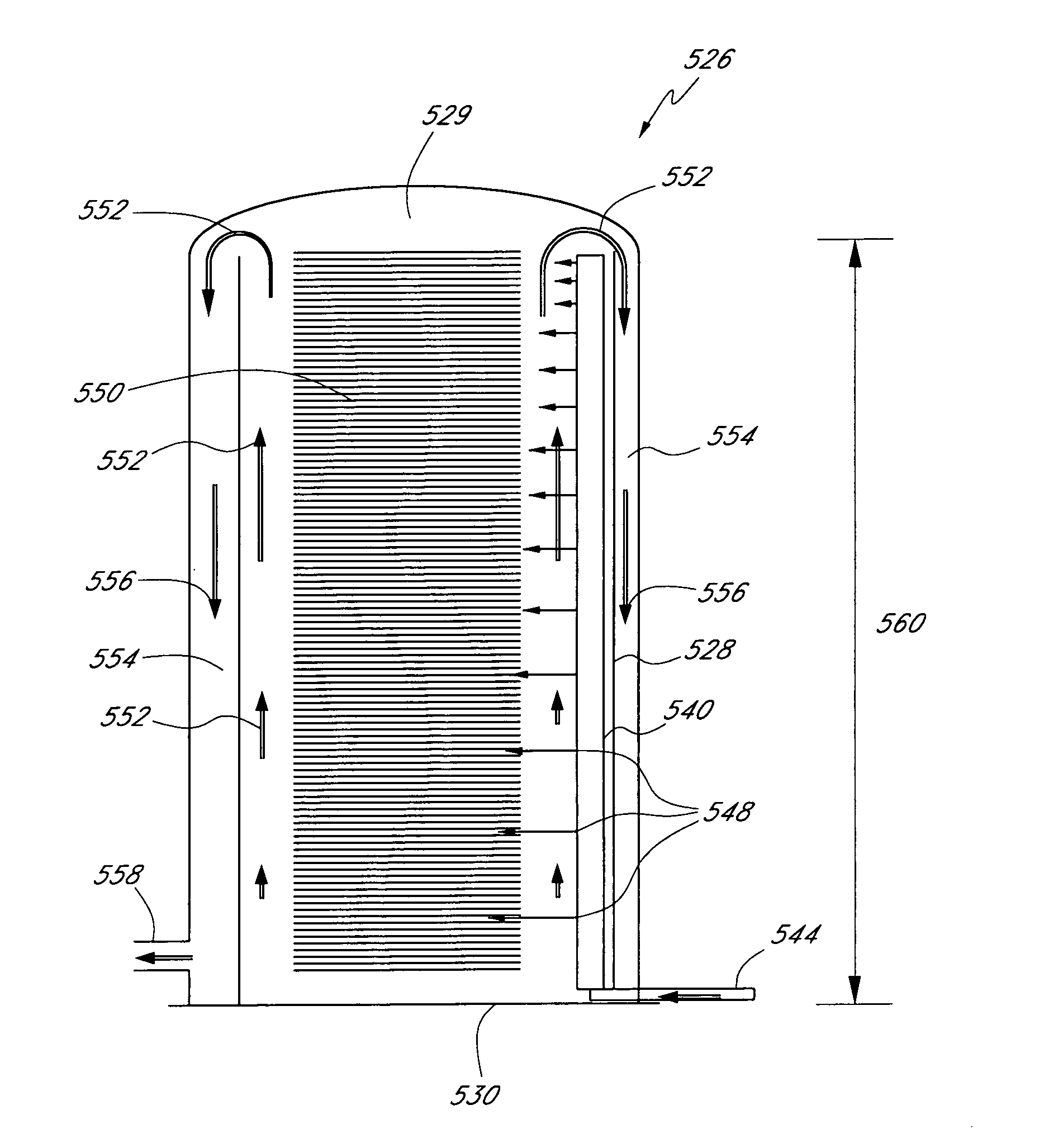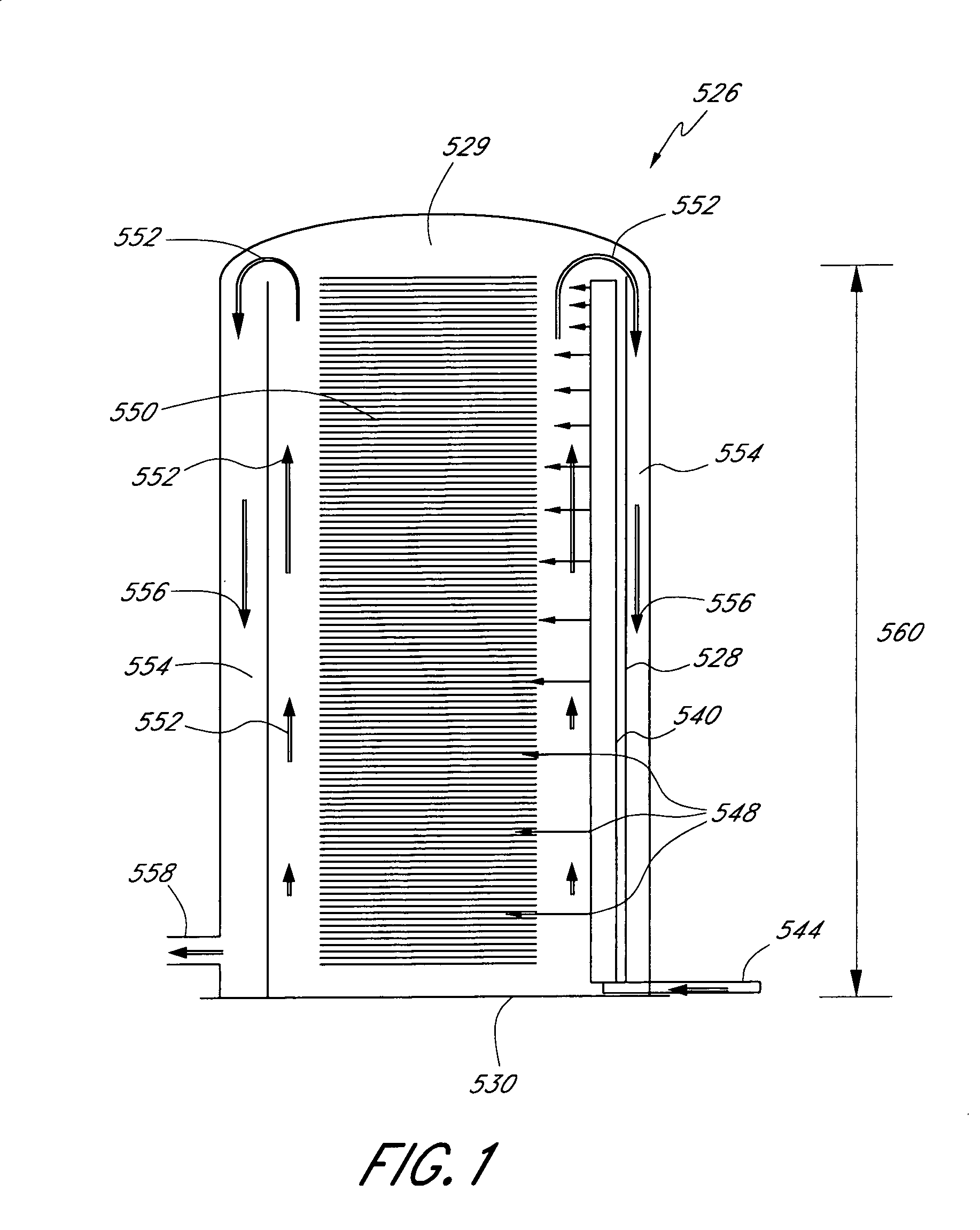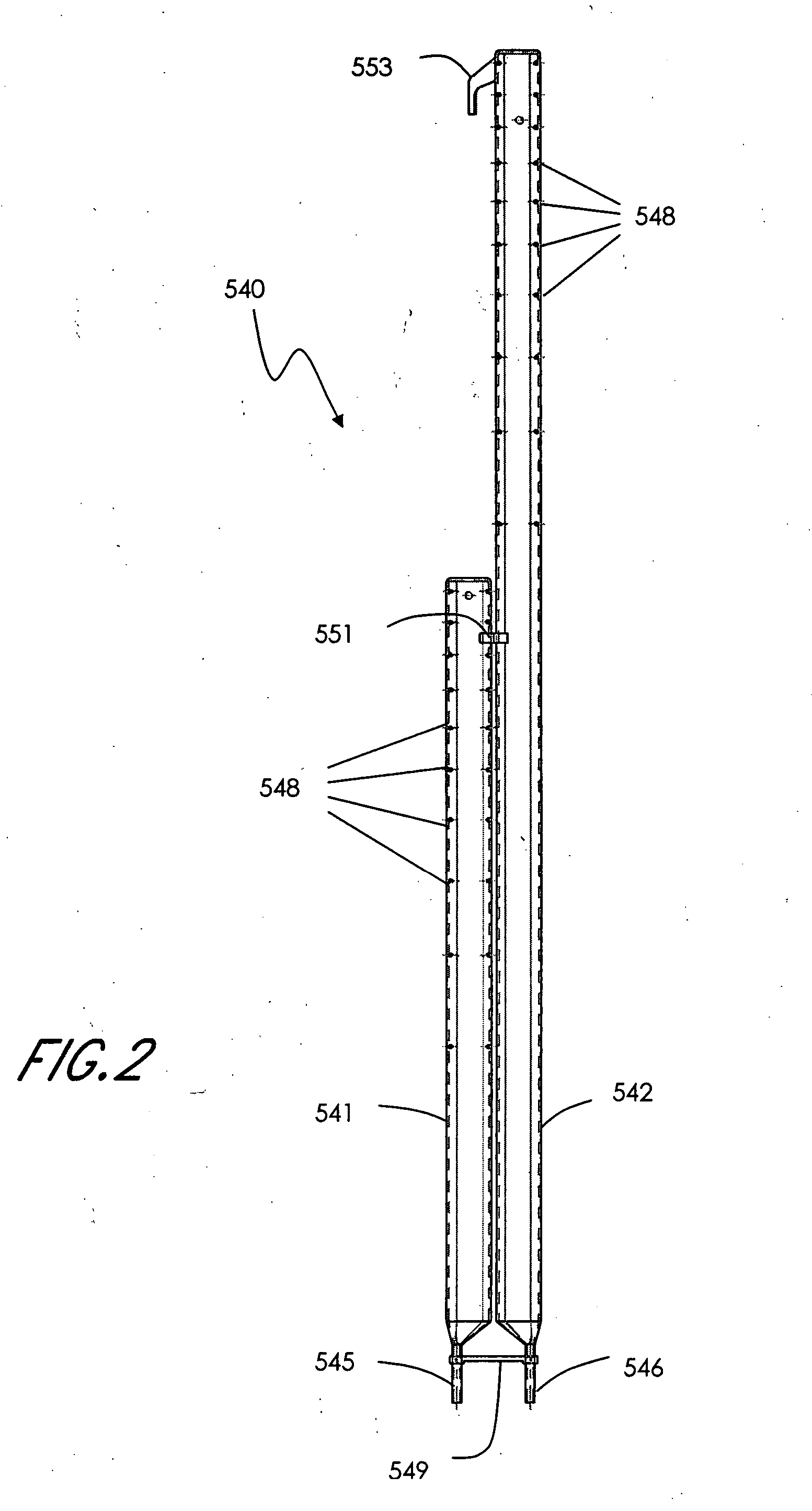Low temperature silicon compound deposition
a silicon compound and low temperature technology, applied in chemical vapor deposition coatings, electrical devices, coatings, etc., can solve the problems of cvd reducing throughput, ald being relatively inefficient in speed, and cvd being difficult to achiev
- Summary
- Abstract
- Description
- Claims
- Application Information
AI Technical Summary
Problems solved by technology
Method used
Image
Examples
example 1
[0112] A silicon nitride layer was formed in a batch A412™ reactor from ASM International N.V. of Bilthoven, The Netherlands. A batch of wafers was loaded into a boat and the boat loaded into the reaction chamber and prepared for trisilane deposition. The temperature of the wafers is allowed to stabilize such that the temperature across each wafer is uniform at about 435° C. The boat was rotated about a vertical axis within the reaction chamber at the rate of 5 rpm. The pressure was set to about 1.3 Torr. Trisilane diluted with inert gas was flowed into the reaction chamber with a trisilane partial pressure of 3.3 mTorr for 1.5 minutes. A thin layer of amorphous silicon results. Trisilane flow was interrupted. Nitridation was then performed by providing 5 slm N2 through an MKS remote microwave radical generator (MRG) for 10 minutes, with power set to 3000 W. The cycle was repeated about 50 times.
example 2
[0113] A silicon nitride layer was formed using the process of Example 1, except that during nitridation, in addition to 5 slm N2 through the microwave radical generator (MRG), NH3 was additionally provided separately to the reaction chamber.
[0114] The deposited films were analyzed and the results shown in FIG. 10, and discussed above, were obtained.
example 3
[0115] A silicon nitride layer was formed in a batch A412™ reactor from. ASM International N.V. of Bilthoven, The Netherlands. A batch of wafers was loaded into a boat, vertically separated and with major surfaces horizontally oriented, and the boat was loaded into the reaction chamber and prepared for trisilane deposition. The temperature of the wafers was allowed to stabilize such that the temperature across each wafer was uniform at about 435° C. The boat was rotated about a vertical axis within the reaction chamber at a rate of 5 rpm. The process conditions were as specified in Table 1. Four different nitridation conditions were investigated: 1—no nitridation; 2—nitridation with N2; 3—nitridation with N2+90 sccm NH3; 4-nitridation with N2+180 sccm NH3. In all cases, an amorphous silicon film was deposited using 50 cycles of trisilane exposure steps, each trisilane exposure step alternated with a purge step. During the amorphous silicon deposition step, trisilane and N2 were inje...
PUM
| Property | Measurement | Unit |
|---|---|---|
| Temperature | aaaaa | aaaaa |
| Temperature | aaaaa | aaaaa |
| Temperature | aaaaa | aaaaa |
Abstract
Description
Claims
Application Information
 Login to View More
Login to View More - R&D
- Intellectual Property
- Life Sciences
- Materials
- Tech Scout
- Unparalleled Data Quality
- Higher Quality Content
- 60% Fewer Hallucinations
Browse by: Latest US Patents, China's latest patents, Technical Efficacy Thesaurus, Application Domain, Technology Topic, Popular Technical Reports.
© 2025 PatSnap. All rights reserved.Legal|Privacy policy|Modern Slavery Act Transparency Statement|Sitemap|About US| Contact US: help@patsnap.com



